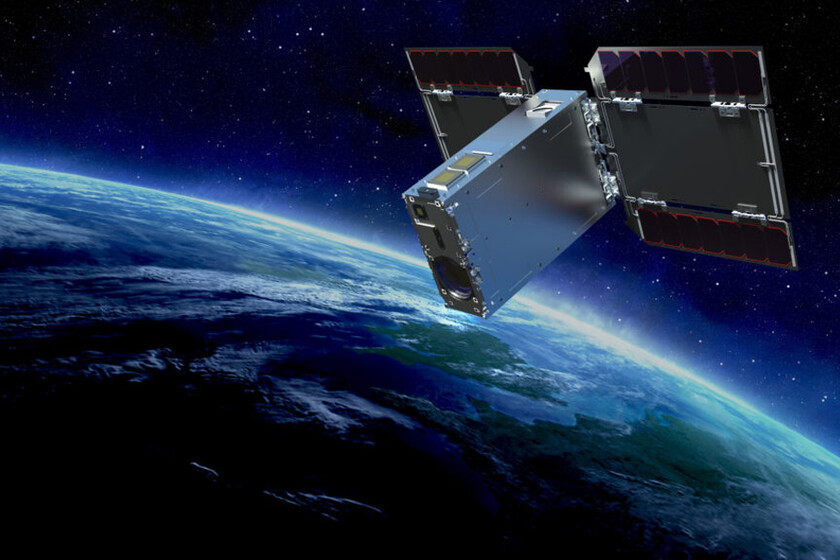Sony It’s not just about producing video games, managing music rights, and manufacturing televisions. The company also has other divisions that focus on entertainment, Semiconductor development Even in financial services.
One of the many projects they run is field starallowing for control Cameras aboard satellites in Earth’s orbita To take pictures of the planet in real time. On one of these ships is the Japanese company Pale Blue Did the first test for an experimental system Steam propulsiona method that aims to be more economical and respectful of the environment.
Launched aboard a SpaceX Falcon 9 rocket on January 3, Star Sphere 1 features a camera full frame armed With a 28-135mm f4 lens Which operates at an altitude of between 500 and 600 km above the Earth’s surface.
These nanosatellites can do Earth images in real timewhere it is required to contact the spaceships and make the required capture. According to Sonyyou can control the service remotely, take the desired photos and videos, manipulate parameters such as the angle and position of the satellite, as well as shutter speed, ISO and aperture.
New payment technology
In the case of Pale Blue, it is intended to provide an alternative method for keeping satellites afloat in Earth’s orbit in order to Increase your independence and uptime.
Illustration of the Pathfinder Technology Demonstrator-1 vehicle a pot
For this, water is used as an environmental propellant, made of hydrogen and oxygen, being an option Cheaper and safer for small spacecraft. Also, because this fuel has limits on the ships it can propel and power, it works best on small, low-cost satellites.
This is not the first time this technology has been used. NASA has also experimented with water on CubeSats in the past. Pathfinder Technology Demonstratora series of missions also launched on SpaceX’s Falcon 9 rockets at the beginning of 2021, to test technologies that allow changing the work of small satellites, making them Cheaper, more efficient and more respectful with the environment.





